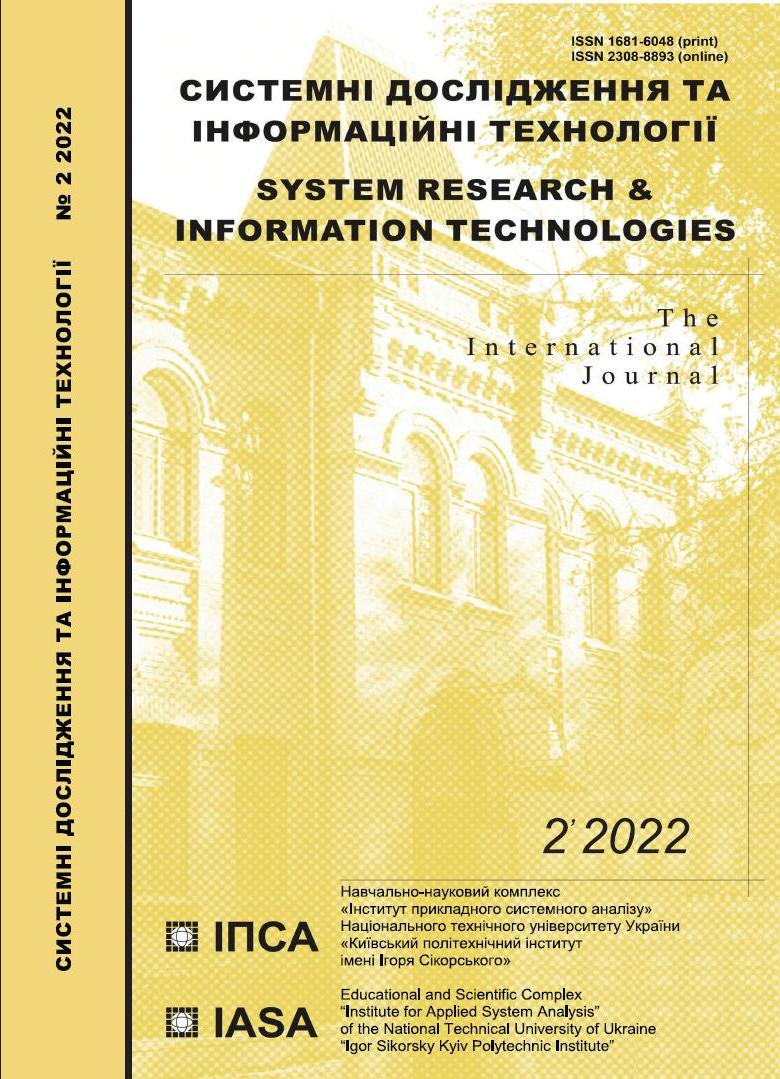An explanation of the J. Huber effect, which does not contradict the laws of physics and experimental research
DOI:
https://doi.org/10.20535/SRIT.2308-8893.2022.2.11Keywords:
Huber effect, Kosyrev–Milroy engine, Biot–Savart–Laplace law, systemic approach, electricity flow, super-capacitor, ferromagnetismAbstract
An explanation of any physical phenomenon is essential, both theoretically and practically. The phenomenon discovered by the Austrian engineer J. Huber, the so-called “Huber effect,” posits that if an electric current passes through an already moving wheelset of wheels of a railroad train from one rail of a railway to another, an additional accelerating mechanical force arises in the direction of travel. From 1951 to the present, scientists have tried to explain and utilize this effect. A brief overview of these explanations and their contradictions in theory and experiment is given. However, they have become important for finding an explanation that does not contradict the laws of classical electrodynamics and experimental data.
References
V.V. Kosyrev, V.D. Rabko, and N.I. Velman, “Electric motor. A.s. № 155216 (USSR)”, Inventions. Prom. samples. Trademarks, no. 12, 1963.
A.N. Silvestrov and D.K. Zimenkov, “On the nature of the Huber effect”, Bulletin of the Ostrogradsky CDRU, no. 4, pp. 33–38, 2010.
V.V. Kuzmin and V.S. Shpatenko, “On the nature of the appearance of the torque in the Kosyrev–Milroy engine”, Bulletin of the Ostrogradsky CDRU, no.3, pp. 41–47, 2008
A.V. Netushil, “J. Searl’s invention as a development of the Huber effect”, Electricity, no. 4, pp. 50–53, 1994.
K.M. Polivanov, N.V. Tatarinova, and A.V. Netushil, “Electromechanical Huber effect”, Electricity, no. 8, pp. 72–76, 1973.
K.M. Polivanov, Electrodynamics of moving bodies. M.: Energoizdat, 1982, 192 p.
D.I. Penner and V.A. Ugarov, Electrodynamics and special theory of relativity. M.: Prosveschenie, 1980, 272 p.
G.V. Nikolaev, Modern electrodynamics and the reasons for its paradox. Tomsk: Tverdynya, 2003, 149 p.
S.S. Voronkov, “Electrodynamic forces of Nikolaev”, Scientific and technical library, articles and publications. Available: http://www.sciteclibrary.ru/rus/catalog/arts/
P. Demin, “Huber effect and flying saucers”, Science and Life, no. 7, 1991.
A.M. Silvestrov and D.K. Zimenkov, Monograph “The effect of J. Huber (labyrinths of scientific research)”. Kyiv 2020, 132 p.
I.E. Tamm, Fundamentals of electricity theory. M: Nauka, 1976, 616 p.

